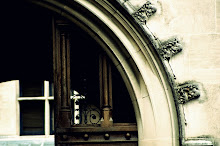
This is the original object

I began by creating an arc and rotating 360 degrees to create a sphere. I then copied it, raised it and subtracted it from the original form. I then softened all the edges.

I then extruded a circle to create a short cylinder to replicate the lid of the teapot.

I then used the contour tool to create the concave shape in the teapot lid and softened the edges to create a smoother gradiation

I then created the handle for the teapot lid by using the follow me
tool and sweeping an arc around the perimeter of a circle

The handle for the teapot itself was created in the same manner, sweeping a square along an arc. I then adjusted the scale to fit the shape and size of the actual teapot handle.

I finished by creating the spout and then contextualizing the object.

This the final rendered
product.

This is the teapot in stainless steel, with a highly reflective surface.

This rendering is done in a matte finish.

This final rendering is done in a transparent material with a reflective surface again. As was illustrated in our reading when a material is set for 100% transparency it tends to disappear.
I am always a fan of reflective material in a rendering. I find that it goes a long way in improving the final result. The matte finish appears to be made of an unfinished ceramic material, which in most cases is unrealistic. Usually when I have a surface that is unreflective I apply a texture map to replicate the texture of that material; i.e. if it is fabric, you generally will see a slight bump from the woven fibers.



No comments:
Post a Comment